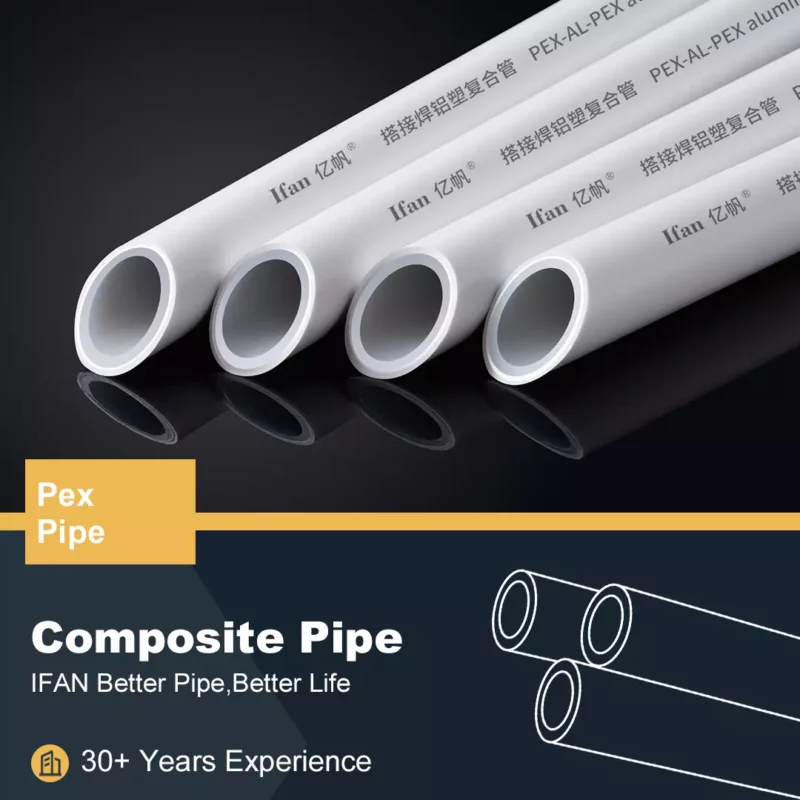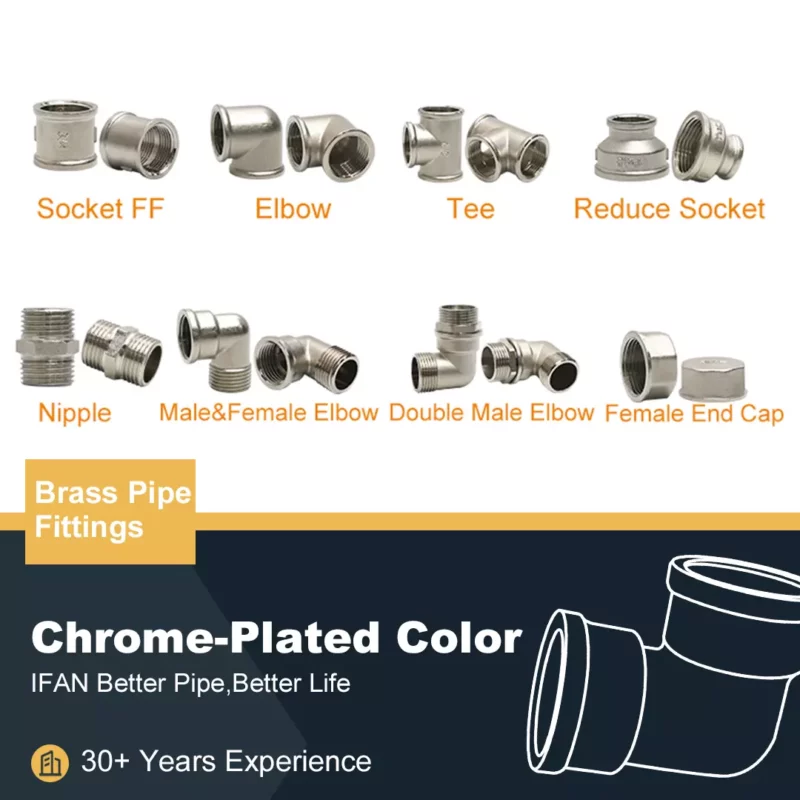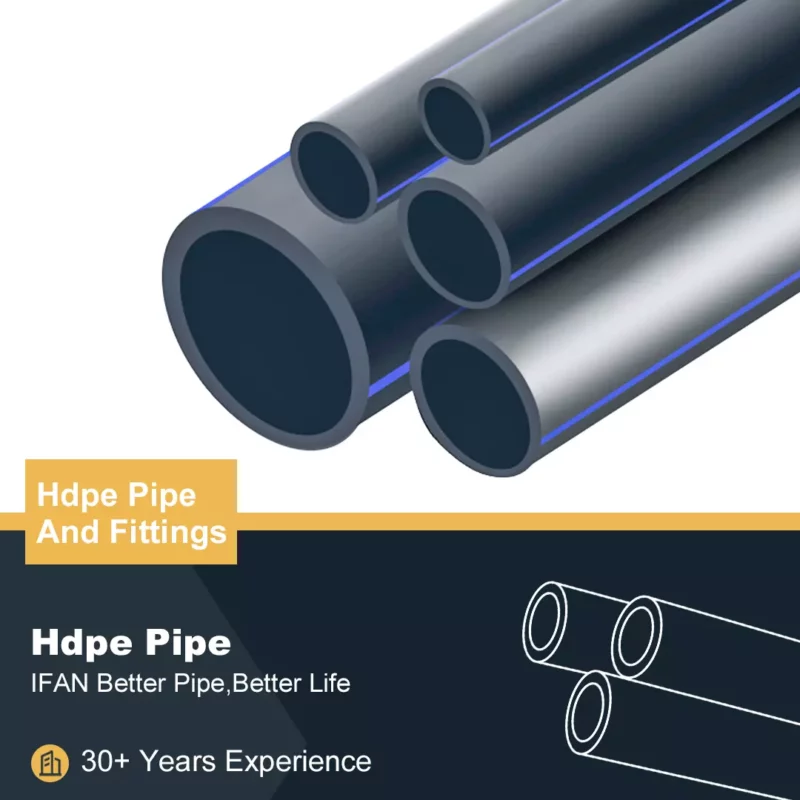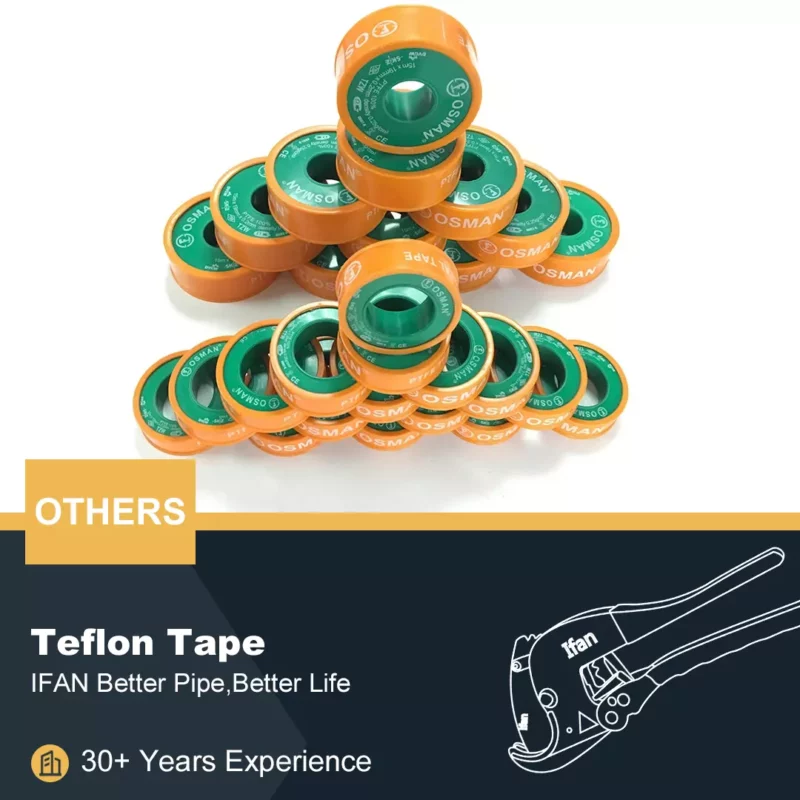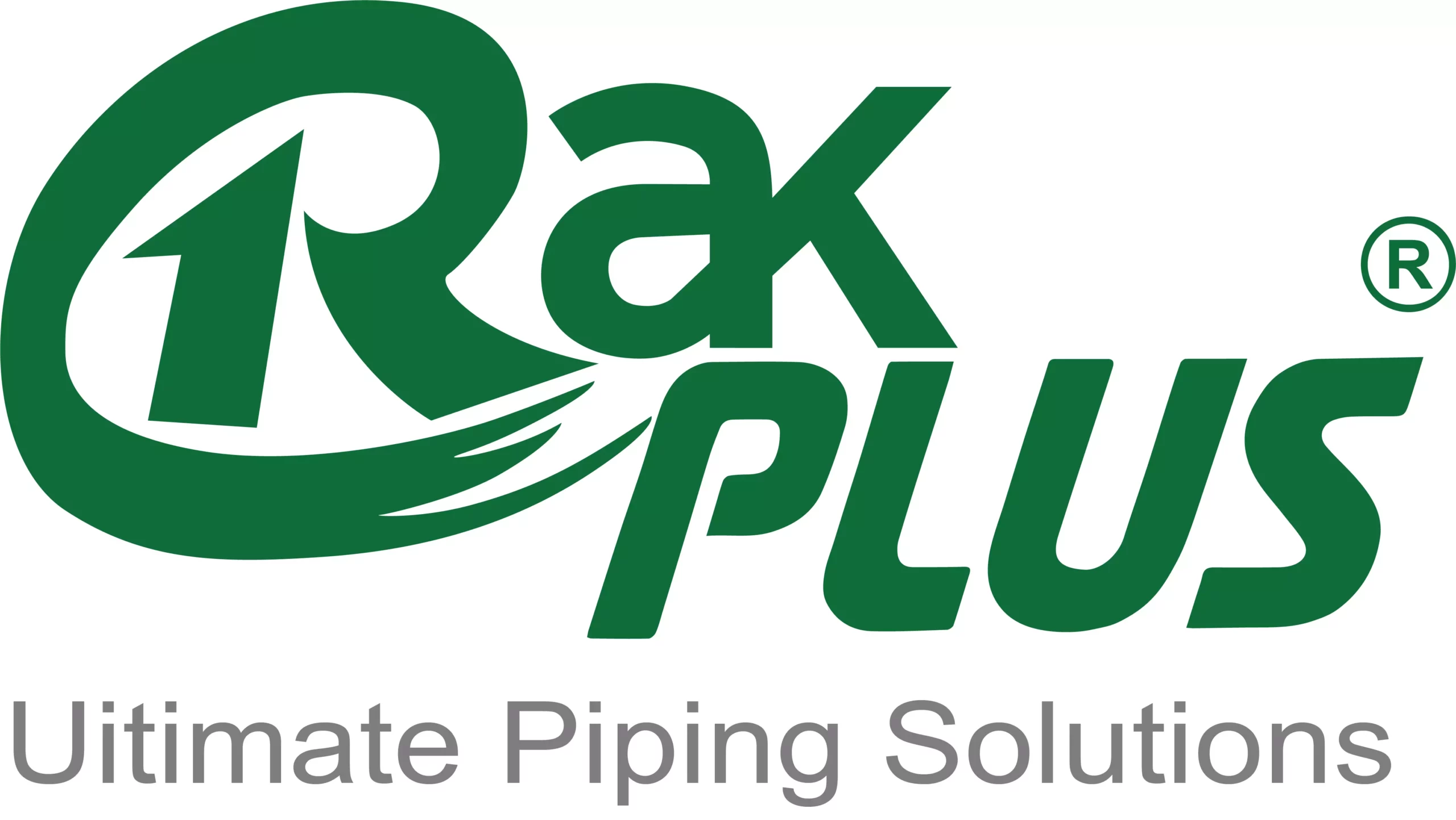Introduction
When choosing materials for plumbing and piping, it is crucial to understand the distinctions between the different types. Two materials often confused are UPVC and PVC. This article aims to clarify the main differences between UPVC sockets and PVC, focusing on their composition, properties and typical applications.

Material composition
PVC, or polyvinyl chloride, is a widely used plastic. It is flexible and versatile. UPVC stands for unplasticized polyvinyl chloride. Unlike PVC, UPVC does not contain plasticizers. This makes UPVC stiffer and less flexible than standard PVC. The absence of plasticizers in UPVC has an impact on its use and characteristics.
Durability and resistance
UPVC sockets are known for their high durability and strength. The rigidity of UPVC makes it ideal for long term applications. It resists impacts, chemical corrosion and bad weather. On the other hand, the flexibility of PVC makes it less durable in harsh conditions. PVC is more susceptible to physical damage and chemical reactions over time.
Thermal and chemical resistance
UPVC has greater thermal and chemical resistance than PVC. UPVC sockets can withstand higher temperatures without warping or degrading. They are also resistant to a wider range of chemicals, making them suitable for industrial applications. PVC, although resistant to certain chemicals, does not offer the same level of protection as UPVC in extreme conditions.
Environmental impact
UPVC is considered more environmentally friendly than PVC. The lack of plasticizers in UPVC means that fewer toxic chemicals are released during its production and disposal. UPVC is also recyclable, which contributes to its sustainability. PVC, on the other hand, can release harmful chemicals when burned and is less commonly recycled.
Applications
UPVC sockets are mainly used in plumbing, sewerage and drainage systems. Their rigidity and durability make them ideal for high pressure water systems. They are also used in electrical conduits and window frames. PVC, because of its flexibility, is often used in applications where flex and flexibility are required, such as in garden hoses, inflatable products, and cable insulation.
Installation and maintenance
Installation of UPVC female sockets is generally simple due to their rigidity and ease of assembly with adhesives or mechanical fittings. They require minimal maintenance because they resist corrosion and buildup. PVC installations may require more frequent inspections and maintenance due to their susceptibility to damage and wear.
Cost Considerations
Although both materials are relatively affordable, UPVC is often slightly more expensive than PVC. The higher cost is justified by its increased durability, longevity and resistance to harsh conditions. For long-term projects where reliability is essential, investing in UPVC can be more cost effective over time compared to PVC.
Conclusion
In summary, the main difference between UPVC female sockets and PVC is their composition and the resulting properties. UPVC offers superior durability, chemical and thermal resistance as well as environmental benefits. It is ideal for applications requiring rigidity and long-term reliability. PVC, thanks to its flexibility, is suitable for more temporary or flexible applications. Understanding these differences can help make informed decisions for various projects.
If you have read this article and have any questions, please feel free to contact IFAN. Below is our contact information:
Whatsapp:+86 13373827623
Email:[email protected]











